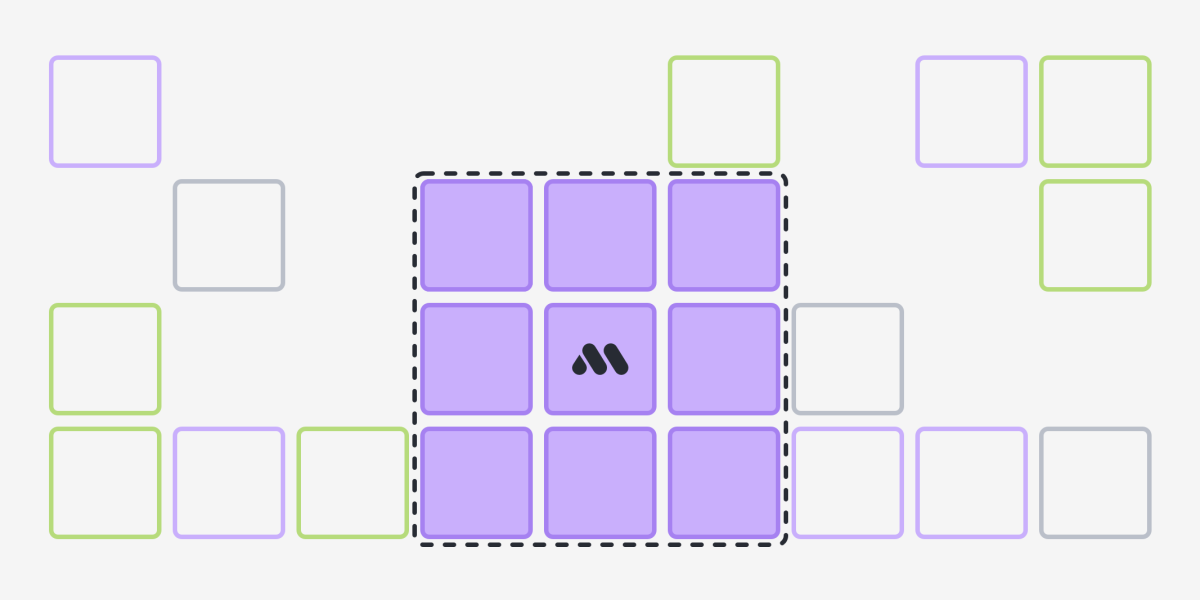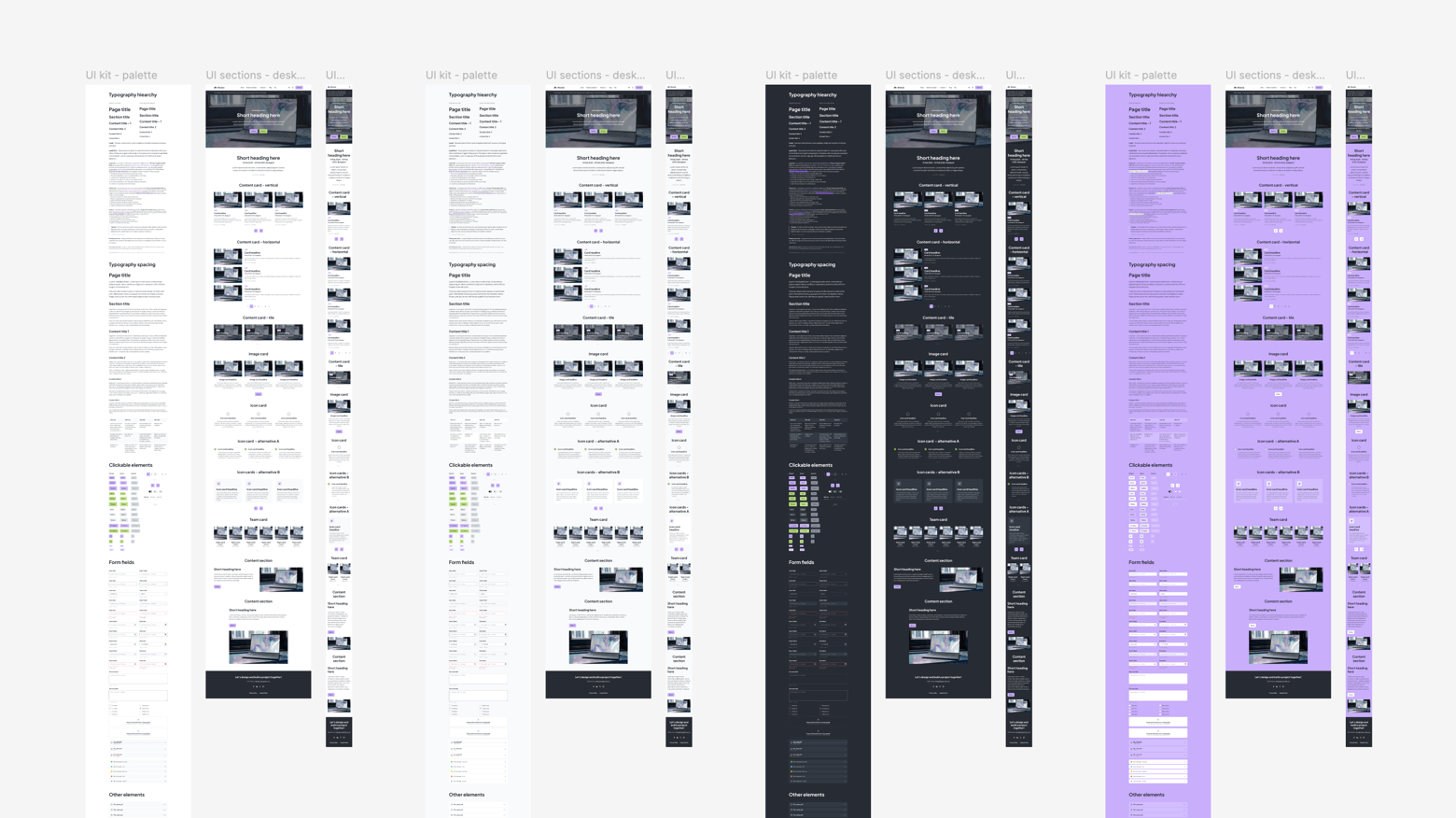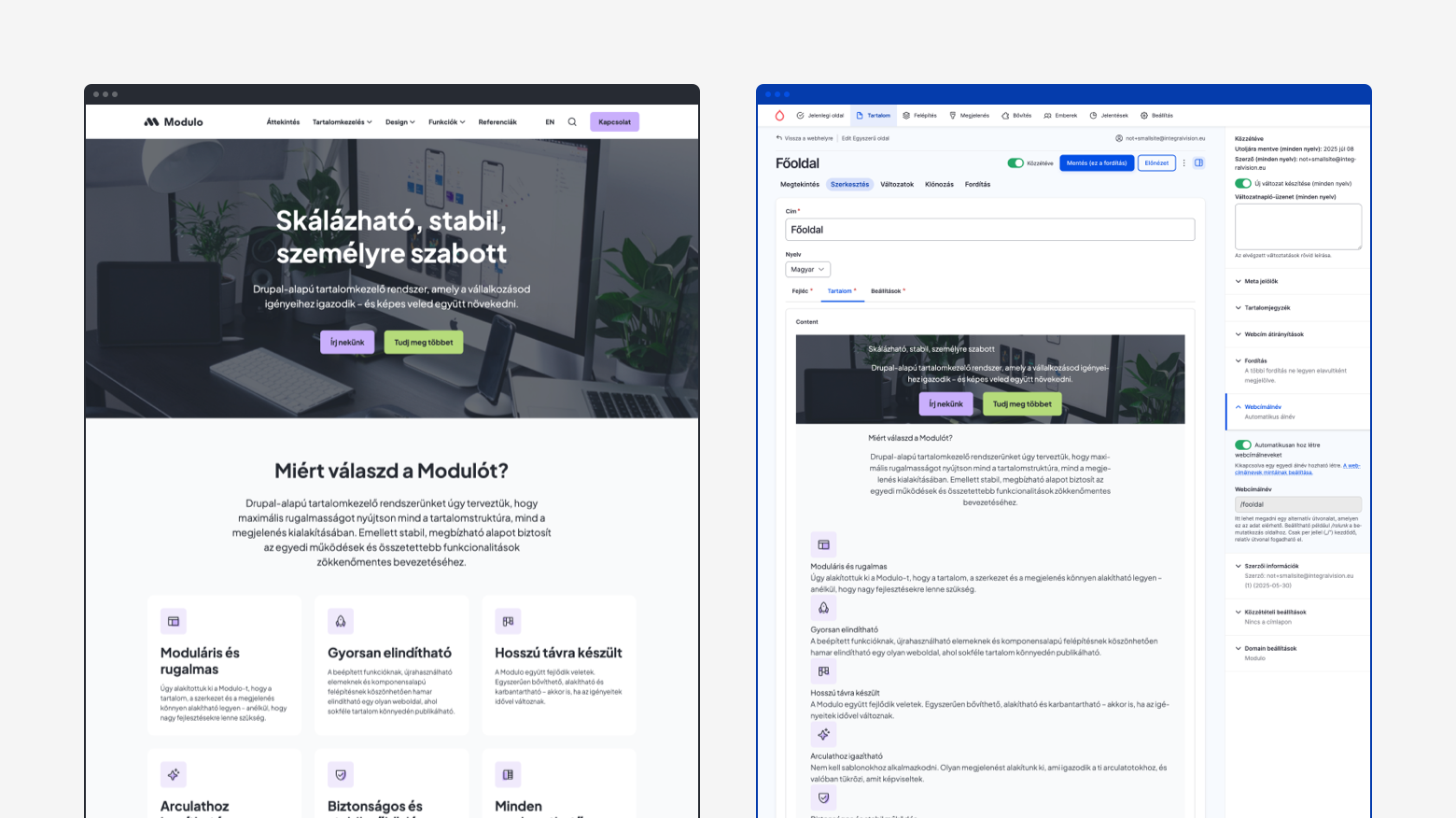
Why Didn’t We Start Sooner?
For a long time, we didn’t feel the need to create our own Drupal distribution. We’ve always seen ourselves as craftsmen—people who carefully think through each project and build tailored solutions.
Of course, we’ve had our own toolkit to work from. We reused code, had a site generator to avoid starting from zero, and kept adding small improvements to cut down on repetitive work.

Drupal is modular, and every client’s needs are unique. Pre-building features often created more problems than benefits: updating them later was harder, and unused functions just turned into extra baggage.
Every so often we’d revisit the idea, review what others in the Drupal community were doing, and in the end we always decided: our basics are strong, and the rest should stay custom-built.
A Shift in Thinking
When we had free time, we liked to support causes we cared about—through consulting, design, or web development. But in these projects, we often moved away from Drupal and used drag-and-drop website builders instead. They were cheap and quick, but limited.
Over time, this became frustrating. While our help made organizations’ online presence stronger, the tools themselves couldn’t deliver the level of quality we wanted—visually or technically. They worked, but they weren’t built to grow.

So we changed our approach. Instead of building one-off solutions, we decided to create something more sustainable: a flexible system that could support many different organizations, adapt to their needs, and scale with them.
This kicked off a long journey. After two years, we finally found the balance we were looking for: flexibility without chaos, general solutions without losing uniqueness, scalability without compromise.
Rethinking and Rebuilding
Almost everyone in the team contributed to building what would become Modulo. Some months we had to put it aside for client work, other times we sprinted ahead when we had capacity. Meanwhile, technology kept changing around us.
The hardest part wasn’t the coding—it was accepting that we had to experiment, take risks, and sometimes throw away months of work to follow a better direction.

Step by step, the perspectives of clients, designers, and developers came together. We kept asking: How can we keep content management simple while allowing unique visuals and workflows? How can we offer lots of functionality without making the system a nightmare to maintain? How can we reduce design and dev costs without forcing ugly compromises?
It wasn’t always easy. We got tired at times, but we also grew closer as a team. The vision became clearer, the pieces started to fit, and eventually the project earned its name: Modulo.
In the end, we didn’t just create a Drupal distribution—we also built a flexible design system and a new way of collaborating. And now we’ve been able to use it successfully on multiple projects.
Share with your friends!